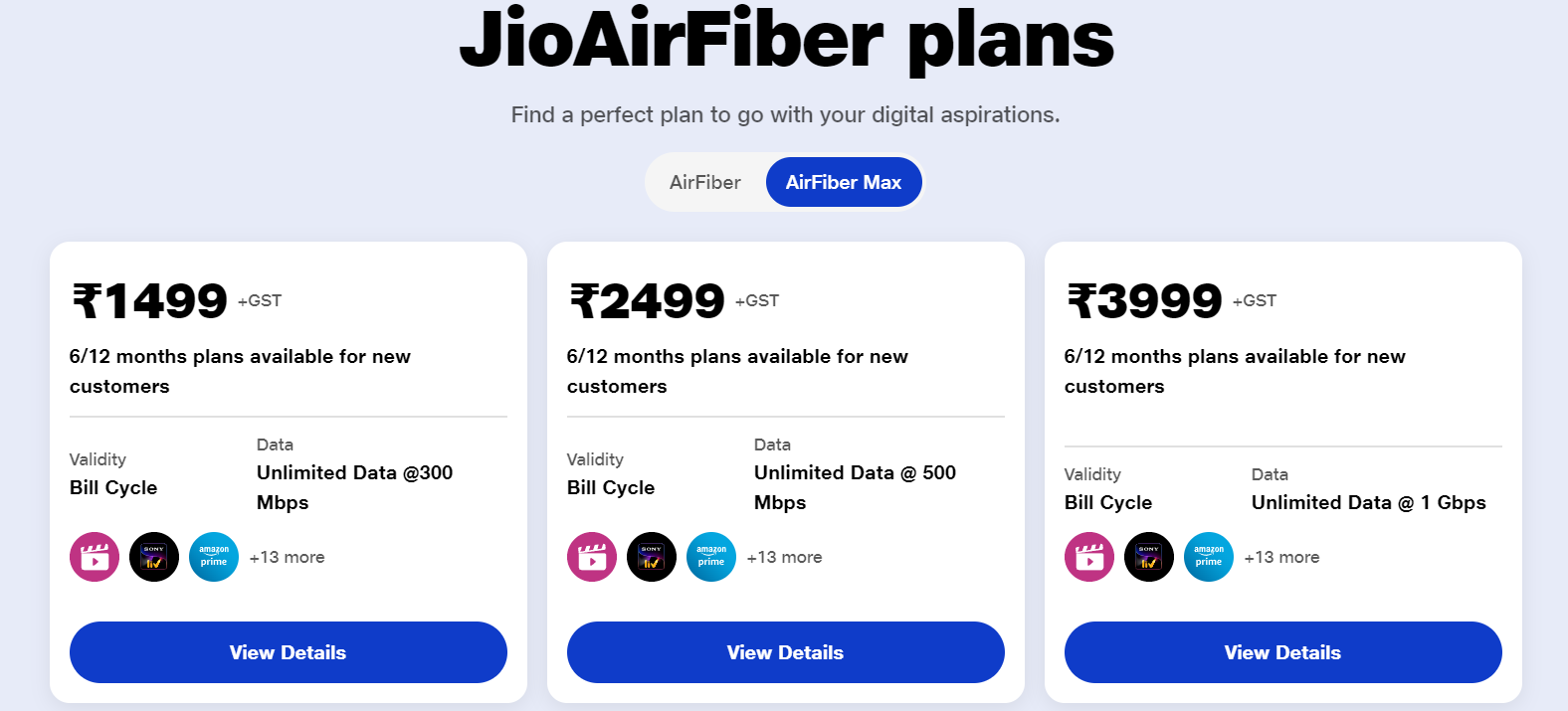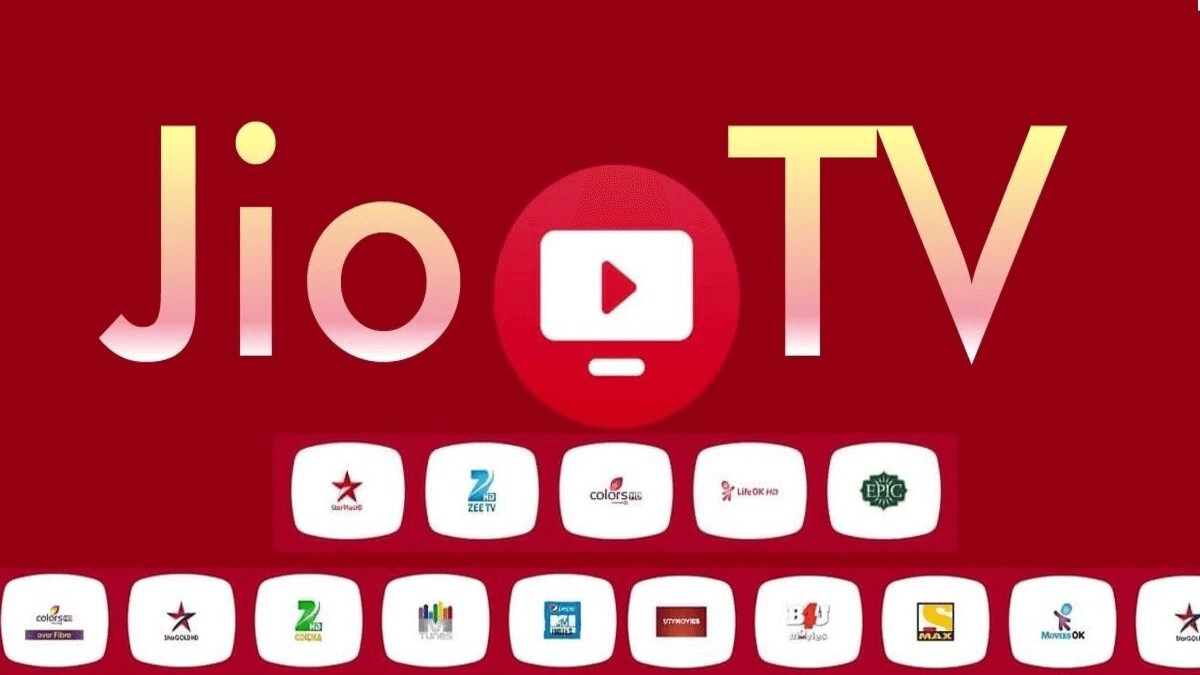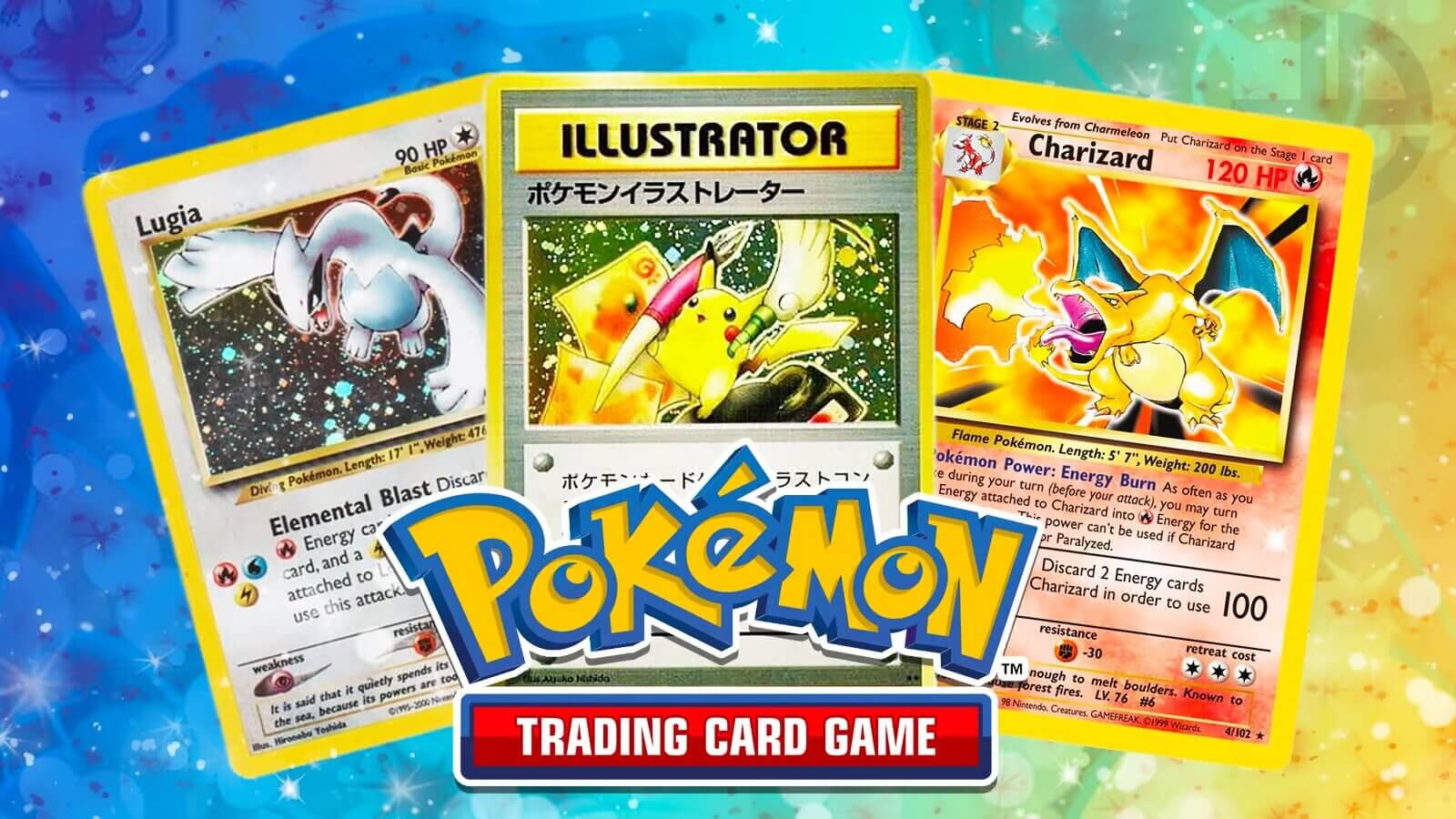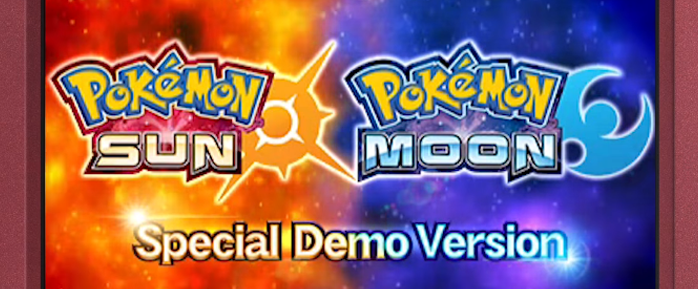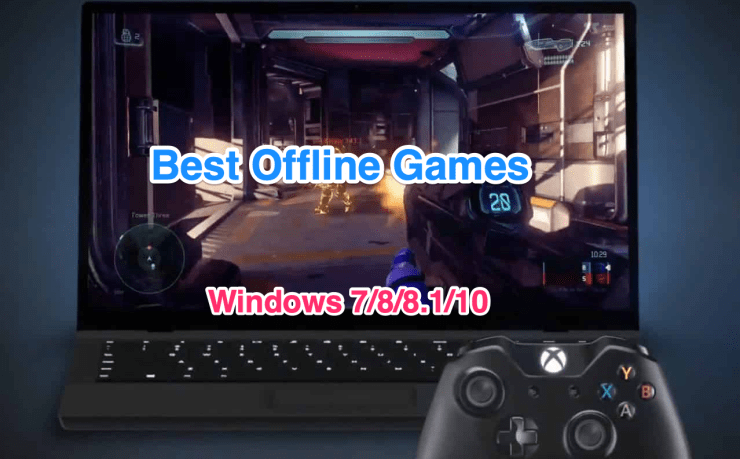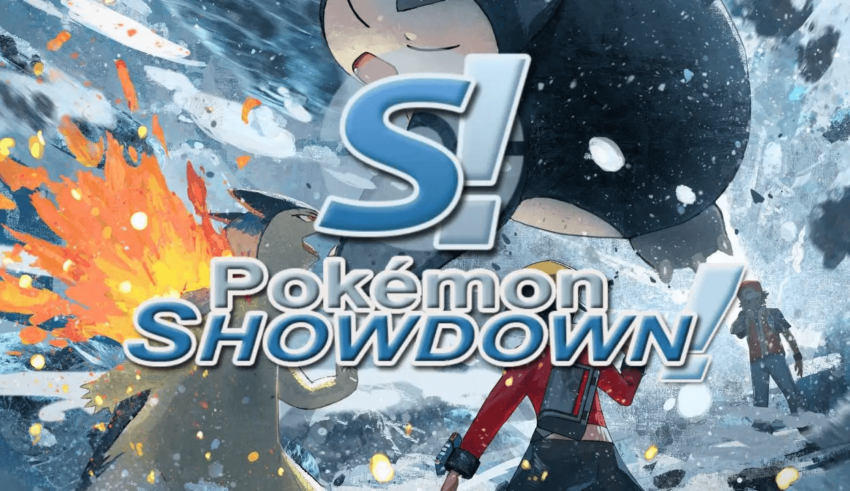
Pokemon Showdown is an online platform where players can simulate Pokemon battles without needing physical game cartridges. Launched in October 2011 and adopted by Smogon in July 2012, it’s a free, open-source tool written in TypeScript and JavaScript, running on Node.js. It supports various formats, from standard Single and Double Battles across generations to unique modes like Hackmons and Random Battles, making it versatile for both casual and competitive play.
Also Read: Pokemon Sun and Moon Demo
Pokemon Showdown Team Builder
The Pokemon Showdown team builder is essential for creating competitive teams. Access it via the Teambuilder section on the website, select a format (e.g., VGC 2022 for level 50 Pokemon), and add up to six Pokemon. Customize each with items, abilities, moves, and EVs (Effort Values) to optimize stats. For example, add a Pikachu with Focus Sash, Static ability, and moves like Fake Out and Volt Switch, adjusting EVs for Speed and Special Attack. Teams are stored in browser cookies, so back them up to avoid loss.
Playing Pokemon Showdown
To play Pokemon Showdown, choose a username, select a format (e.g., VGC tier), and click “Find Battle” to match with an opponent. Battles include a team preview for strategic lead selection, move cancellation for mistakes, an optional timer, and chat (which can be disabled). Wins and losses affect your ladder rating, reflecting skill level, with more details at ladder help.
Pokemon Showdown Calculator
The Pokemon Showdown calculator, particularly the damage calculator, is vital for strategy. Access it at damage calc to predict move damage based on stats, type effectiveness, and conditions. Tools like Showdex integrate it into battles for real-time calculations, helping decide if a move can OHKO (One-Hit Knockout) an opponent, enhancing team planning.
Comprehensive Analysis of Pokemon Showdown Features
Pokemon Showdown, a web-based Pokemon battle simulator, has become a pivotal platform for competitive players since its launch in October 2011 by Zarel and adoption by Smogon on July 2, 2012. As a free, open-source project written in TypeScript and JavaScript, running on Node.js, it offers a dynamic environment for Pokemon enthusiasts to engage in simulated battles. This survey note delves into its key features, focusing on the Pokemon Showdown team builder, how to play Pokemon Showdown, and the Pokemon Showdown calculator, while exploring additional aspects and community engagement.
Overview and Historical Context
Pokemon Showdown is designed as a battle simulator, supporting a wide array of formats. According to Bulbapedia – Pokemon Showdown, it includes standard modes like Single and Double Battles for generations V through IX, with beta support for Triple Battles, Multi Battles, and Battle Royals. Unique features include “Pure Hackmons” and “Balanced Hackmons,” allowing Pokemon with illegal movesets and abilities, and “Random Battles,” which randomize teams for balanced play. Custom servers like Dragon Heaven, hosting Smogon’s Pet Mods, further expand gameplay options.
The platform’s development is collaborative, with contributors like Guangcong Luo (Zarel, Owner) and Andrew Werner (HoeenHero, Development) ensuring updates. It pioneered a de facto standard for Pokemon team notation, with export formats visible to users, enhancing accessibility.
Pokemon Showdown Team Builder: A Detailed Look
The Pokemon Showdown team builder is a cornerstone for competitive play, accessible via the website’s Teambuilder section. As detailed in VGC Guide – What is Pokemon Showdown, players start by selecting a format, such as the most recent VGC format (e.g., VGC 2022), which sets Pokemon to level 50, adjusting automatically for battles at level 100 or 50. To add a Pokemon, type its name in the “Pokemon” bar, with auto-suggestions aiding selection. Customization includes:
- Item: Choose from options like Focus Sash or Leftovers.
- Ability: Select from available abilities, e.g., Static for Pikachu.
- Moves: Assign up to four, such as Fake Out, Volt Switch, Electroweb, and Nuzzle for a supportive role.
- EVs: Allocate Effort Values to optimize stats, ignoring suggested spreads for Single battles if needed.
- Nature: Pick a nature like Timid to boost Speed while lowering Attack.
- Details: Adjust stats in the Details pane, including Gigantamax options.
Teams can hold up to six Pokemon, with optional naming for identification. A critical note is storage: teams are saved in local cookie storage, risking loss if cookies are cleared or accessed from another device. The guide recommends keeping backups, emphasizing the tool’s role in strategy planning.
Playing Pokemon Showdown: Battle Mechanics and Features
To play Pokemon Showdown, players first choose a username via “Choose name” in the upper right, then select a format under Format in the upper left, such as a VGC tier, and click “Find Battle” to match with an opponent. Battles, as outlined in Smogon Forums – The Beginner’s Guide to Pokemon Showdown, include:
- Team Preview: View opponent’s team to strategically choose leads.
- Move Cancellation: Correct mistakes during turns.
- Timer: Optional to maintain pace, ensuring fair play.
- Chat: Communicate, with options to ignore opponent chat for focus.
Wins and losses impact ladder ratings, detailed at ladder help, reflecting skill levels. Replays can be saved via “Upload Replay,” set to private for personal viewing, accessible at replay.pokemonshowdown.com, with sharing options for friends. This feature, as seen in an example replay at replay example, aids analysis and learning.
Account registration, by clicking “register” and entering a password, ensures team persistence and replay access, enhancing the platform’s usability.
Pokemon Showdown Calculator: Strategic Tool for Competitive Play
The Pokemon Showdown calculator, primarily the damage calculator, is integral for strategy. Accessible at damage calc, it allows inputting two Pokemon’s stats, moves, and conditions to predict damage, considering factors like type effectiveness, weather, and terrain. For instance, calculating if Incineroar’s Flare Blitz can OHKO Ferrothorn, factoring in Ferrothorn’s Leftovers, is crucial for matchup planning.
Third-party tools like Showdex, discussed in Smogon Forums – Showdex, integrate the calculator into battles, syncing with battle conditions for real-time insights. It updates Pokemon forms, levels, HP, types, status, abilities, natures, items, movesets, spreads, and boosts, plus field conditions like screens and weather, enabling 10x more calculations during play, as noted in the forum.
Other calculators, like Pikalytics damage calc for Scarlet & Violet, complement Showdown’s, but the official tool remains central for its integration and broad generation support.
Additional Features and Community Engagement
Beyond core features, Pokemon Showdown offers mini-games like Battle Dome and Trivia, each with dedicated chat rooms, enhancing community interaction. Events like April Fools (first used in 2013, featuring sprite changes and hitmarkers) and Halloween (with unique Ghost-type move animations) add fun, as per Bulbapedia.
Custom servers, such as Dragon Heaven, host unique rulesets and Pet Mods, expanding gameplay. The community, active on Smogon Forums, provides resources like beginner guides, tier analyses, and strategy discussions, fostering a supportive environment for all skill levels.
Conclusion
Pokemon Showdown’s team builder, battle system, and calculator make it an indispensable tool for competitive Pokemon players. Its accessibility, diverse formats, and vibrant community ensure it remains a hub for strategy testing and engagement. As of April 13, 2025, it continues to evolve, offering endless opportunities for players to explore and excel.


